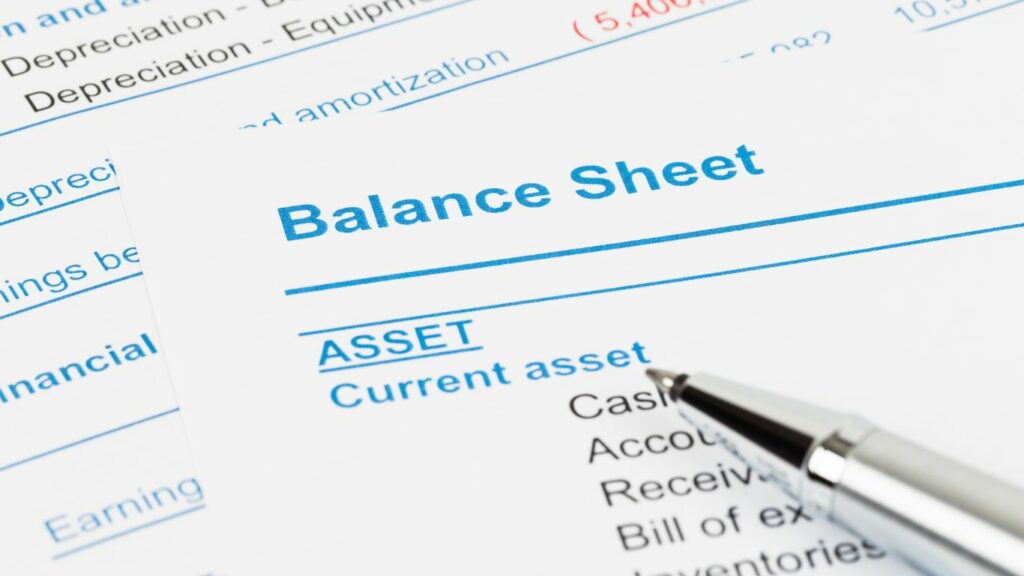A balance sheet is a critical financial statement that provides a snapshot of a company’s financial position at a specific point in time. It is one of the core components of financial reporting, alongside the income statement and the cash flow statement. Here’s an in-depth look at the purpose of balance sheets and why they are essential for businesses.
What is a Balance Sheet?
A balance sheet, also known as a statement of financial position, summarizes a company’s assets, liabilities, and shareholders’ equity at a particular date. It follows the fundamental accounting equation:
Assets = Liabilities + Shareholders’ Equity
This equation ensures that the balance sheet is always balanced, reflecting the company’s financial stability and structure.
Key Components of a Balance Sheet
- Assets: These are resources owned by the company that are expected to provide future economic benefits. They are typically classified into:
- Current Assets: Cash, accounts receivable, inventory, and other assets that are expected to be converted into cash within a year.
- Non-Current Assets: Long-term investments, property, plant and equipment (PP&E), intangible assets, and other assets that are expected to provide benefits over a longer period.
- Liabilities: These are obligations the company owes to outside parties. They are also classified into:
- Current Liabilities: Accounts payable, short-term debt, and other obligations that are due within a year.
- Non-Current Liabilities: Long-term debt, deferred tax liabilities, and other obligations that are due beyond a year.
- Shareholders’ Equity: This represents the owners’ claim after all liabilities have been paid off. It includes:
- Common Stock: Equity investments by shareholders.
- Retained Earnings: Accumulated profits that have been reinvested in the business rather than distributed as dividends.
- Additional Paid-In Capital: Excess amounts paid by investors over the par value of shares.
Purpose of a Balance Sheet
- Financial Health Snapshot: A balance sheet provides a clear and concise snapshot of a company’s financial health at a specific point in time. It shows what the company owns and owes, offering insights into its net worth.
- Assessing Liquidity and Solvency: By examining current assets and current liabilities, stakeholders can assess the company’s ability to meet short-term obligations. Similarly, analyzing long-term assets and liabilities helps evaluate the company’s long-term solvency and financial stability.
- Investment Decisions: Investors use balance sheets to make informed decisions about buying, holding, or selling shares. A strong balance sheet with a healthy proportion of assets to liabilities indicates financial robustness, making the company an attractive investment.
- Creditworthiness Evaluation: Creditors and lenders review balance sheets to determine the company’s ability to repay loans. A solid balance sheet with ample assets and manageable liabilities increases the likelihood of securing credit on favorable terms.
- Operational Efficiency: By comparing balance sheets over different periods, management can identify trends in asset utilization, inventory management, and debt levels. This information is crucial for making strategic decisions to improve operational efficiency.
- Regulatory Compliance: Companies are often required by law or regulatory bodies to produce balance sheets. Accurate and timely balance sheets ensure compliance with financial reporting standards and regulations.
Conclusion
A balance sheet is a vital financial document that serves multiple purposes, from providing a snapshot of financial health to aiding in investment and credit decisions. Understanding and regularly reviewing balance sheets can help businesses maintain financial stability, plan for the future, and achieve long-term success.
For personalized advice and assistance with balance sheets, contact our expert team at BOA & Co. Financial Group at 1300 952 286 or [email protected], or visit our website at www.boanco.com.au.

